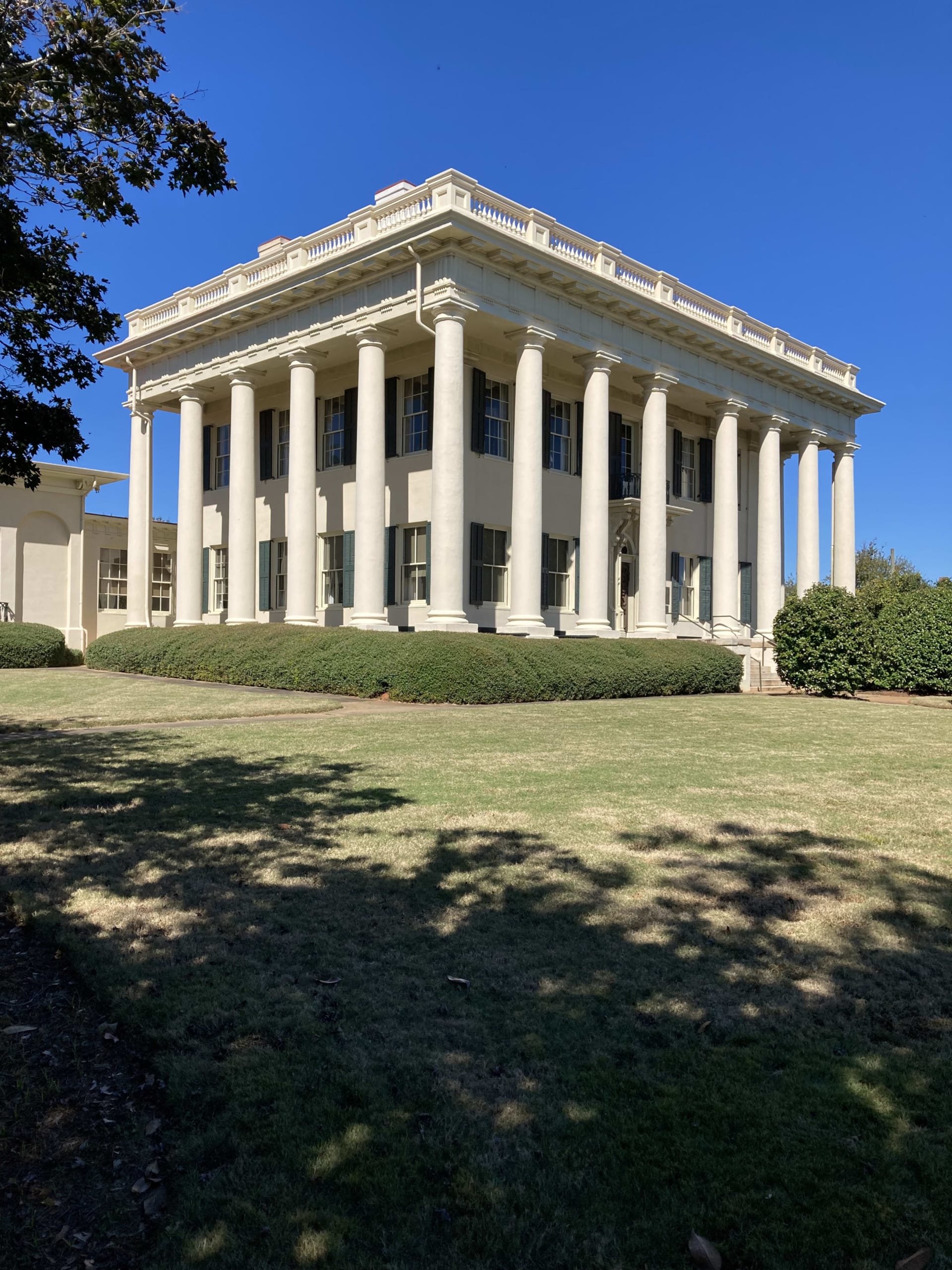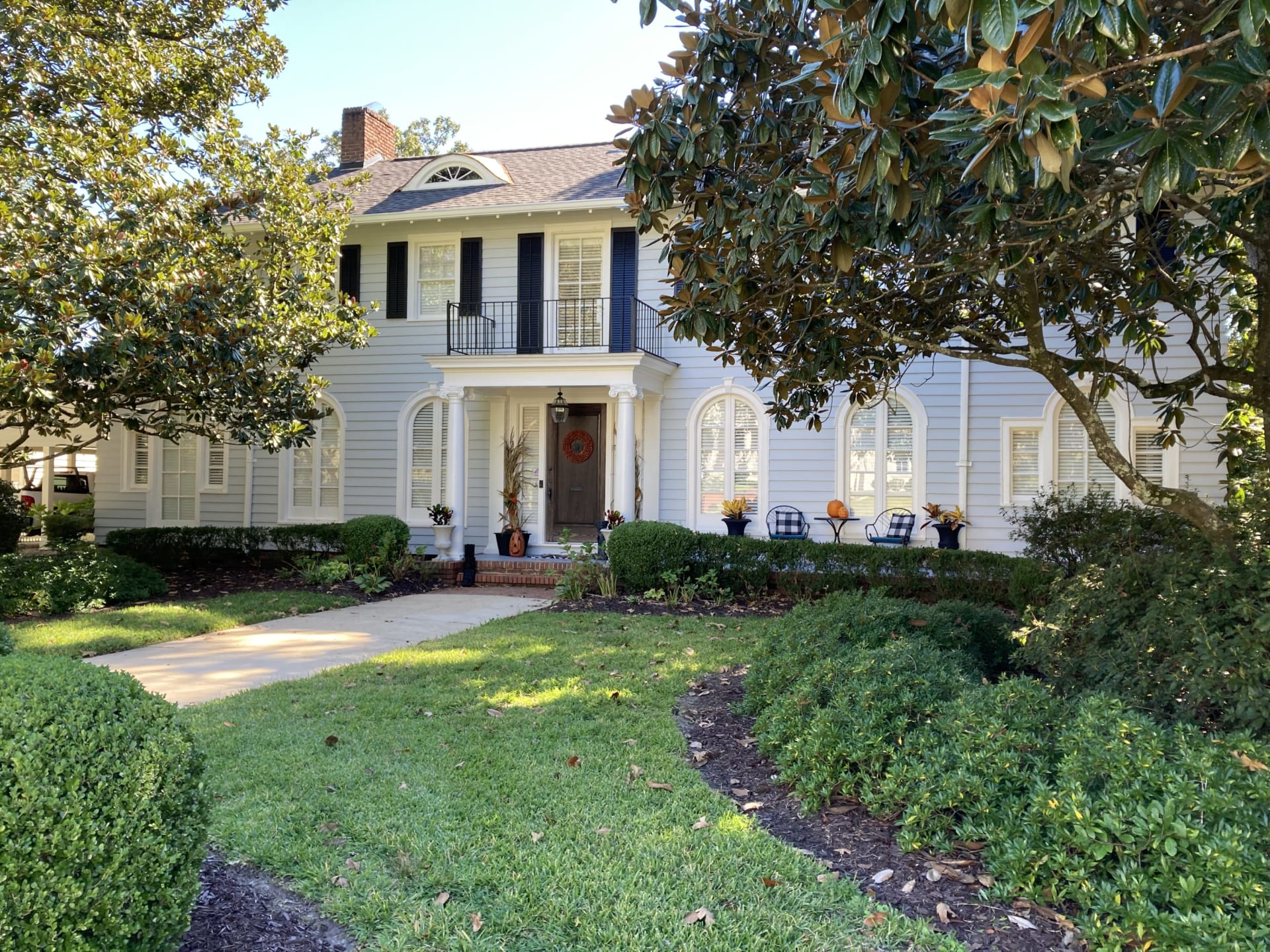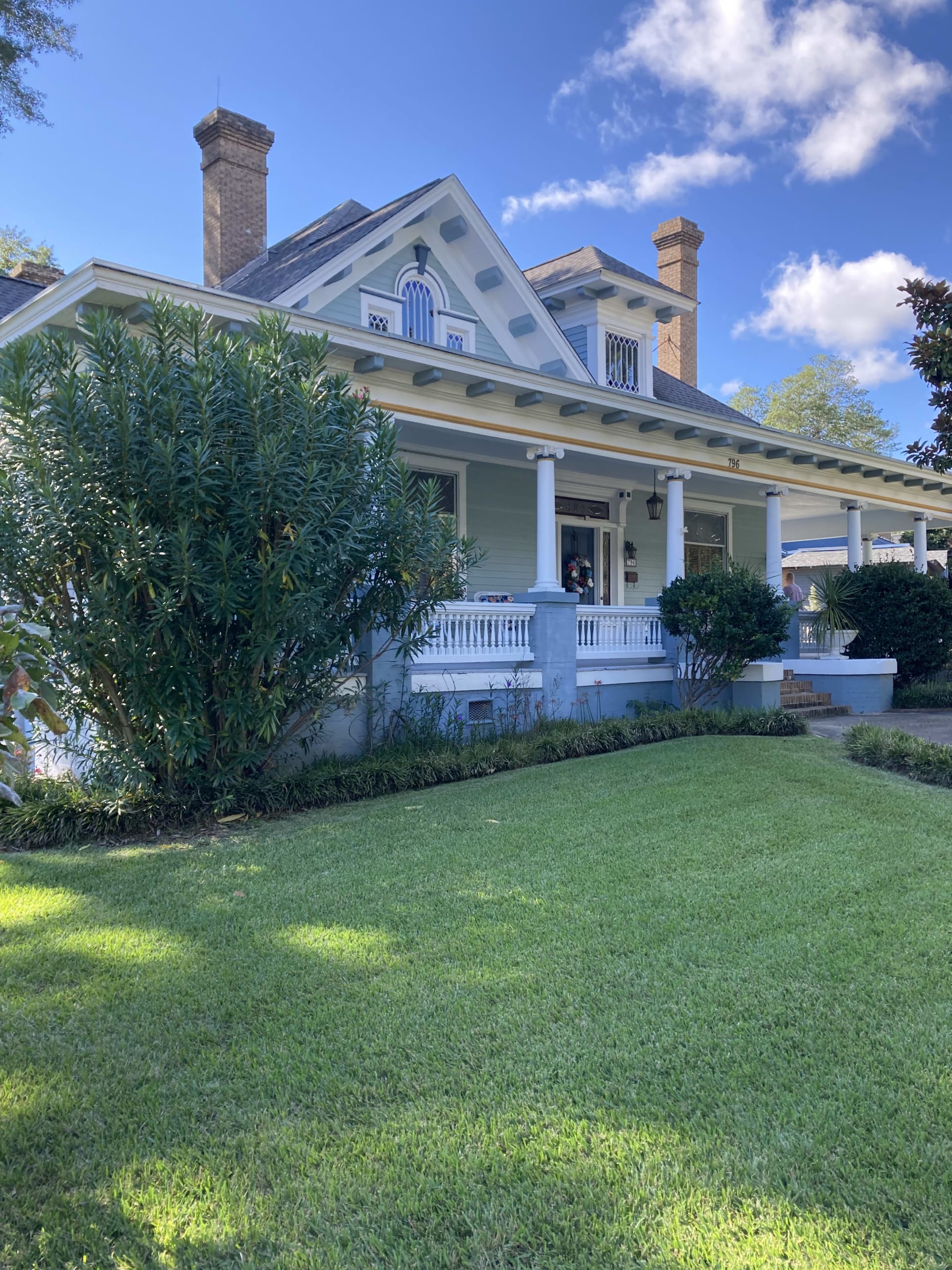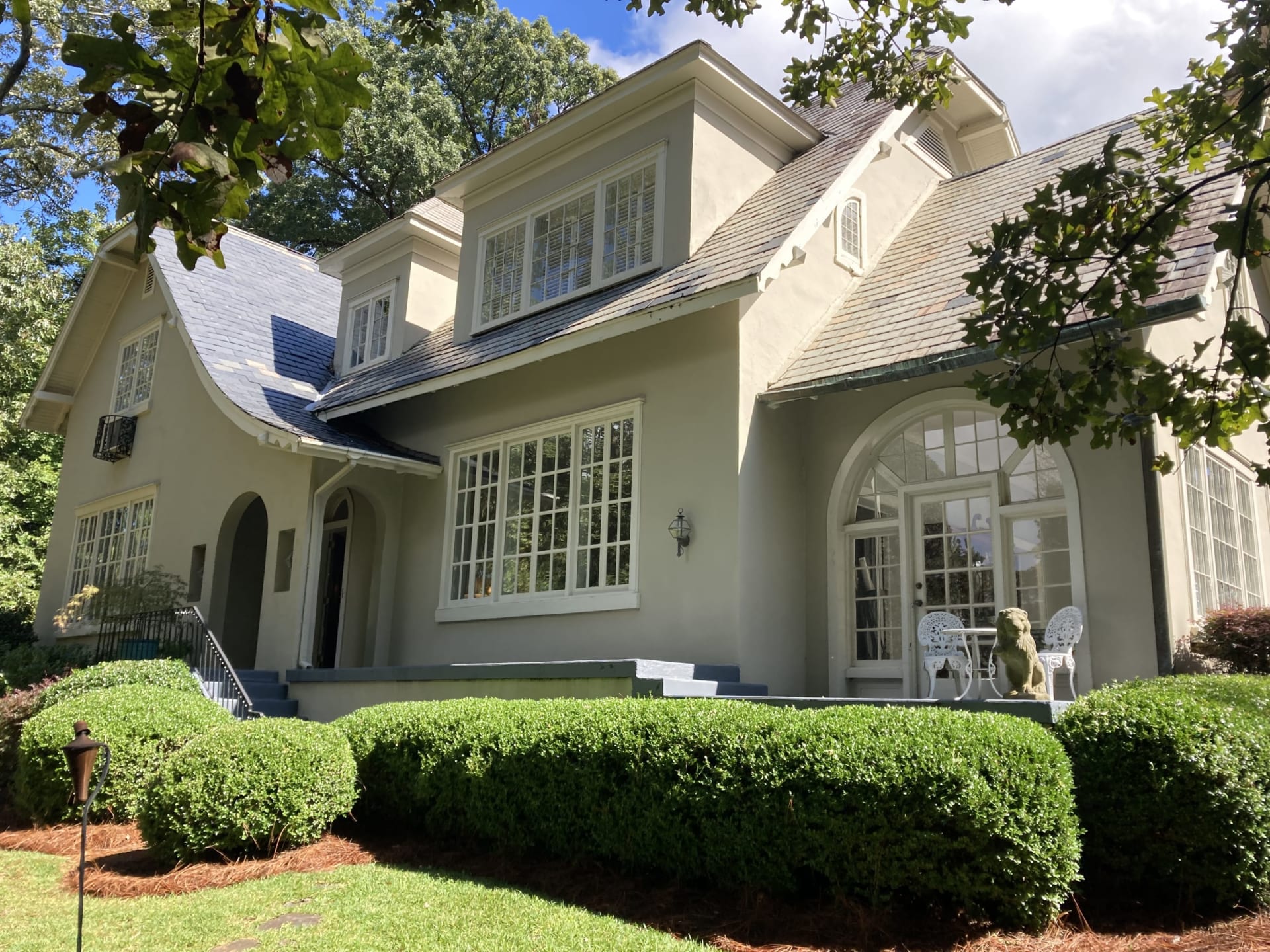Located in the heart of Middle Georgia, Macon is a flourishing historic city on the banks of the Ocmulgee River. Rich in history, Macon can boast of over 17,000 years of continuous human habitation. Humans first arrived in the area during the Paleo-Indian period hunting ice-age mammals, and the Ocmulgee Mounds National Historical Park offers a glimpse of Macon’s earliest history. Fort Hawkins was constructed in 1809 at the fall line of the Ocmulgee River to protect the territory and establish trading with Native Americans. Bibb County was chartered in 1822; the City of Macon in 1823, named for North Carolina statesman Nathaniel Macon. Early residents envisioned a city within a park and laid out spacious avenues and parks. Thoughtful planning and diligent preservation mean that many of these visionary planning efforts are still visible today. As a result, Macon exhibits an extraordinary built environment and remains a thriving hub of commerce and culture in Middle Georgia. Centrally located along Interstates 75, 475, and 16, Macon is the vibrant City Where Soul Lives! Please contact one of our agents today to learn more about what makes this Gateway to Georgia’s Antebellum Trail such a singular destination.
Known for its rich architectural history and vibrant neighborhoods, many regard Macon as a model for historic preservation. Dynamic private-public partnerships and a strong civic identity have fueled a renaissance across Macon’s many historic, in-town communities. Historic Macon Foundation, and New Town Macon are just two great examples and please contact Michael Redwine or Jeffrey Hagy to learn more about Macon’s fascinating historic neighborhoods!

The Macon Historic District arose from Macon’s original town plan and forms the city’s historic core. The District remains the epicenter of architecture, commerce, community development, politics, government, education, and transportation in Macon. A remarkable built environment characterizes the District, and its preservation is a way of life and a source of pride for residents. Significant institutional and public buildings include the historic Terminal Station, a monumental former railroad station designed in the Beaux-Arts style. Many Historic churches enhance the District, including Christ Episcopal Church, Mulberry Street United Methodist Church, and First Presbyterian Church, each over 175 years old. The campus of Mercer University exhibits buildings in the Scholastic Gothic Revival, Victorian Gothic, and Neoclassical Revival styles. The District is also complemented by an incredible variety of residential buildings that range from landmark mansions to small worker homes. Notable residential districts include the Intown Neighborhood, Huguenin Heights, Tatnall Square Heights, and College Hill.

Historic Vineville was added to the National Register of Historic Places in 1975. This District includes a delightful mix of residential and commercial buildings incorporating a wide variety of architectural designs from the 1830s to the 1930s. Encompassing approximately 700 homes, churches, and businesses, the District includes fine examples of Plantation Plain, Victorian, Neoclassical, Bungalow, Spanish Villa, English Tudor, Italian Renaissance, Federal Georgian and Jacobean styles.

The Ingleside neighborhood was first developed by Louis A. Tharpe in 1917. Planned and designed to be “Macon’s Most Beautiful Suburb,” the area was originally a 15-minute streetcar ride from downtown Macon. The charming and picturesque Ingleside area features significant works by renowned Georgia architects Ellamae Ellis League, William F. Oliphant, J. Neel Reid, and W. Elliott Dunwoody.

Located one mile from Macon’s central business district, North Highlands is recognized by the National Register of Historic Places due to its significant architecture and community planning. North Highlands was originally one plantation, later developed as a suburb in the late-nineteenth and early-twentieth centuries. An active preservation community continues to steward its wide variety of architectural treasures including Greek Revival, Queen Anne, Shingle Colonial Revival, Classic Revival, and Craftsman styles.

Established in 1921, Shirley Hills has earned its place on the National Register of Historic Places for its extraordinary architecture and picturesque landscape. An exceptional example of an early twentieth-century planned residential subdivision, the neighborhood consists of large homes and beautifully landscaped yards. Developed amid the rolling hills of the estate of former Georgia legislator and United States Senator Augustus O. Bacon, this bird sanctuary features many styles of twentieth-century architecture including Colonial Revival, Classical Revival, Tudor Revival, Georgian Revival, Italian Renaissance, French Renaissance, Mission, and Spanish Colonial Revival, Bungalow, Craftsman, Neoclassical Revival, English Vernacular, and Midcentury Modern homes. Commissions by many notable Macon Architects can be seen in Shirley Hills, including fine examples by W. Elliot Dunwoody, Ellamae Ellis League, and Jackson Holliday.
The Michael Redwine Group has been instrumental in assisting multiple clients with their historic and estate properties throughout Georgia. We look forward to hearing from you.
Contact Us